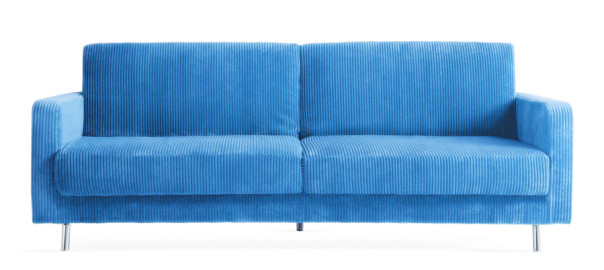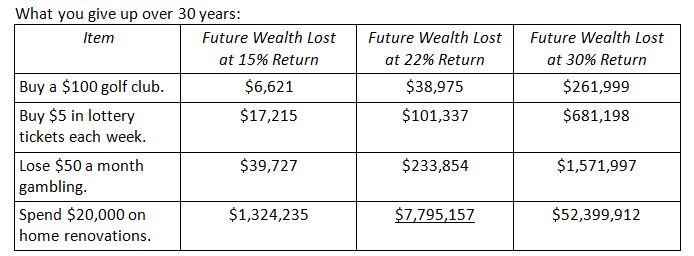What if your spouse told you that they wanted to spend $7 million dollars on a couch?
Warren Buffett is said to have had a disagreement with his late wife Suzy about her plan to spend $20,000 to renovate their home.
Did he disagree with Suzy that their house needed some freshening-up? Probably not. Given that home interiors can look dated even after just a few years, it’s safe to say that their home probably needed a little updating.
What then was his objection?
Here’s the answer: Warren knew that once the $20,000 was spent, it was dead money. Gone. Never to return again.
To understand the wealth-building principles of Warren Buffett, it’s important to understand how he sees money. Buffett doesn’t see money as a “ticket” to exchange for something else the way many people do. Rather, Buffett sees each dollar as a “seed” that can be planted to grow even more dollars.
To put this into perspective, the $20,000 did not appear to Buffett, thru his “money as a seed” eyes, as $20,000. It most likely looked like $7,795,157 to Buffett, as he has grown his money at a 22% rate of return over the past 45 years.
I’ll explain this math in just a minute, but first a question:
How do you view spending your money? If you are like some people, you look at what you are buying based on how much the item costs. What do I get today, not what I’m giving up tomorrow.
What if, instead of an item’s cost being listed on its price tag, the lost future wealth of making that purchase was listed on the price tag instead?
If you had to consider the future opportunity lost for each purchase, would you think differently about spending the money?
A few examples may help. The table below lists the future wealth you sacrifice over 30 years, based on some example purchases:
No wonder Buffet objected. That’s an expensive couch!
A lot has been written about the importance of compound interest with regards to saving. However, compound interest works in both directions. Money compounds away from you as fast as it compounds to you, as the table above shows.
If you take a dollar out of your wallet and look at it, you are looking at a seed. Now, either you can destroy the seed by spending it, or you can plant these seeds and make them grow. If you spend money on things you don’t really need, you will always have to keep working hard for your money instead of having your money work hard for you.
Think in terms of long-term gain rather than short-term gratification. See your money as seeds that you can plant to generate more and more seeds. Eventually, the trees you plant today will bear the fruit of financial freedom in the future.




